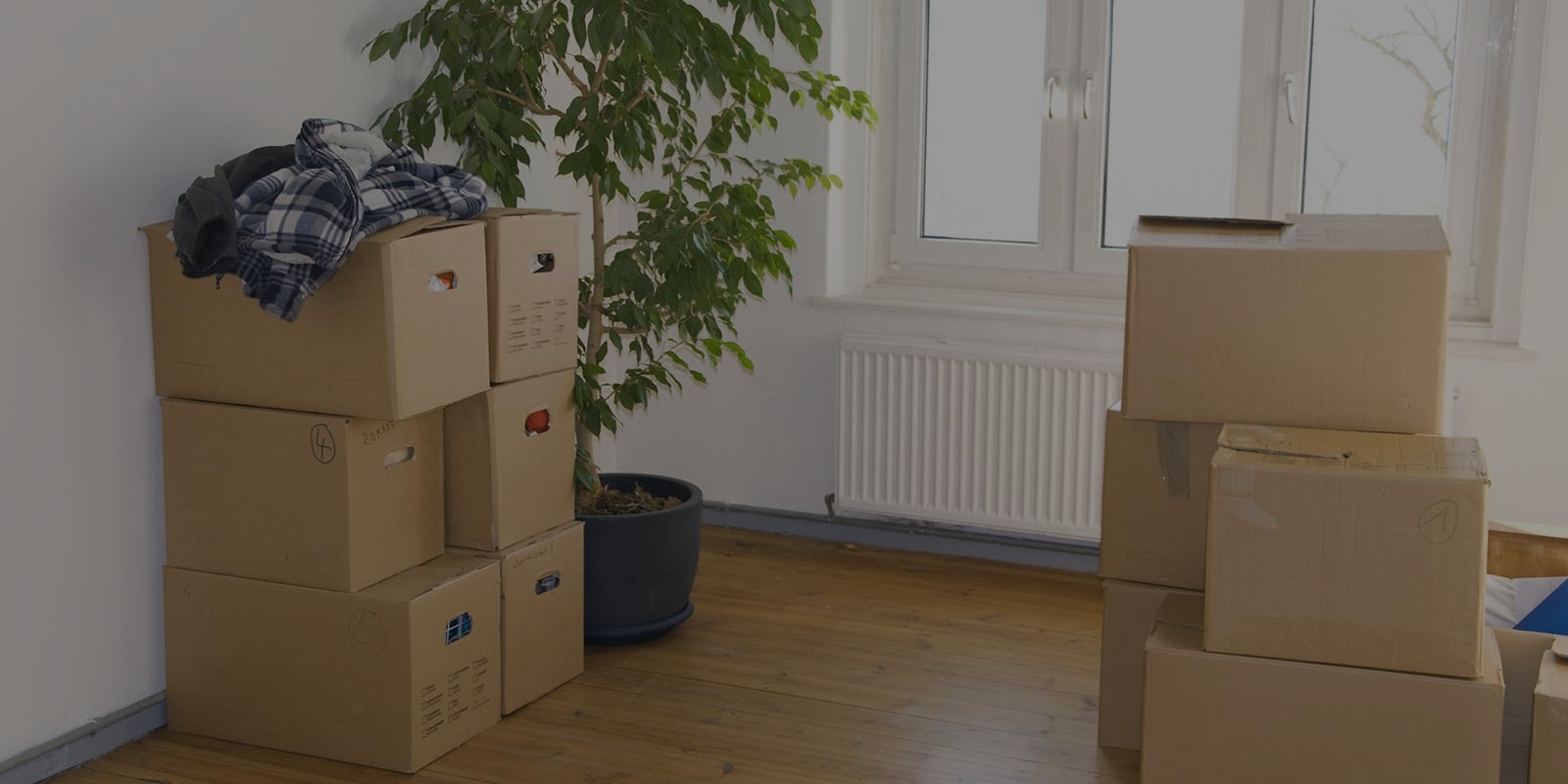Store Your Sofa Properly with Expert Guidance
Posted on 17/05/2025
Store Your Sofa Properly with Expert Guidance
Whether you're moving, renovating your home, or just freeing up some space, storing your sofa properly is crucial for maintaining its quality and ensuring it remains comfortable and attractive for years to come. This comprehensive guide, crafted with expert advice, will walk you through everything you need to know to store your couch or sofa safely and efficiently. By implementing these best practices, you can avoid common mistakes that often lead to mold, mildew, damage, or deformation. Let's explore how to store your sofa properly with expert guidance!

Why Is Proper Sofa Storage Important?
Your sofa is often a significant investment and a central piece in your home. Improper storage can result in a series of common issues such as:
- Permanent stains or discoloration
- Structural damage or frame warping
- Infestations from pests or rodents
- Mold and mildew growth
- Unpleasant odors that are difficult to remove
By properly storing your sofa with expert tips, you'll maintain its comfort, appearance, and longevity.
Step-by-Step Guide: How to Store Your Sofa Properly
1. Choose the Right Storage Environment
For lasting protection, the environment where you store your sofa is vital:
- Opt for Climate-Controlled Storage: Extreme temperatures or high humidity can damage upholstery and wood. Climate-controlled units keep the temperature and humidity levels steady, preventing mold and mildew.
- Clean, Dry Spaces: Avoid musty basements, damp garages, or unfinished attics. Pick a space that stays clean and dry year-round.
- Use Indoor Units When Possible: Indoor storage minimizes dust and insect exposure.
2. Thoroughly Clean the Sofa Before Storing
Before you store your couch, give it a deep cleaning:
- Vacuum all surfaces, including under the cushions and along seams, to remove dust, dirt, and debris.
- Spot-clean stains with appropriate upholstery or leather cleaners. Always check the manufacturer's cleaning instructions first!
- Let the sofa dry completely before storage. Moisture leads to odors, mildew, and even structural damage.
- If your sofa has removable covers, consider washing them or having them professionally cleaned.
3. Disassemble Where Possible
Disassembling your sofa makes transportation and storage easier and reduces the risk of breakage.
- Remove legs, cushions, and pillows. Store them in labeled, breathable bags or containers.
- If your sofa has detachable armrests or backs, carefully remove and wrap them individually.
- Keep all screws, bolts, or hardware in a labeled bag taped to the underside of the main frame, so you won't lose them.
4. Protect Your Sofa with the Right Coverings
Never cover your sofa with plastic sheeting alone! It traps moisture and can cause mold, mildew, or unpleasant odors. Instead:
- Use breathable fabric covers or moving blankets which allow air circulation and provide protection from dust and scratches.
- If you want an extra layer, use plastic only as a top cover, draped loosely over fabric coverings to prevent condensation buildup.
- Secure coverings with soft ropes or packing tape--but never tape directly onto the sofa's upholstery or finish.
5. Prepare the Storage Area
Ensuring the storage environment is ready before bringing your sofa in will make a big difference:
- Clean and sweep the floor to remove debris, pests, or dust that could damage fabric or wood.
- Lay down wooden pallets or blocks to keep the sofa elevated off the floor. This prevents moisture absorption and discourages pests.
- Designate your sofa's location away from doorways or heavy foot traffic to avoid accidental bumps or tears.
6. Store the Sofa Vertically (If Necessary)
If space is tight, some people wonder if you can store a couch on its side or end. Here's the expert take:
- Avoid storing sofas upright or on their side for long periods, as this can cause internal damage or leave the frame warped.
- If you must store it on its end to save space, make sure it rests on firm, level support, and return it to its normal position as soon as possible.
7. Allow for Air Circulation
Good airflow helps prevent mildew and odors:
- Do not stack items on top of your sofa which can trap moisture and introduce pressure sagging.
- Leave a few inches of space between your sofa and the wall or other furniture.
- If possible, space out boxes and furniture to encourage airflow throughout the unit.
8. Check On Your Sofa Regularly
Schedule regular visits to your storage unit--especially in the first few months. Look for:
- Mold or mildew on upholstery or underneath storage coverings
- Signs of pests or rodents, like droppings or gnaw marks
- Excess humidity or unpleasant odors
- Shifting of the sofa, which could signal it needs readjustment
If you catch an issue early, it's much easier to resolve and means a longer life for your favorite sofa.
Expert Tips for Storing Upholstered, Leather, or Antique Sofas
Upholstered Sofas
- Deep clean with a vacuum and fabric cleanser before storage.
- Avoid harsh chemicals which can damage some fabrics or cause discoloration.
- Use desiccant packs (like silica gel) nearby to absorb moisture--but keep them out of reach if children or pets may access the unit later.
Leather Sofas
- Condition leather surfaces with a leather conditioner or cream to prevent cracking and drying.
- Never store leather couches in direct sunlight, which can fade or dry them out--choose a dark, climate-controlled space.
- Wrap in breathable cloth like old cotton sheets to protect the surface while allowing leather to "breathe."
Antique or Delicate Sofas
- Consult a furniture preservation expert for valuable pieces or those with intricate details.
- Use acid-free wrapping materials to prevent yellowing or chemical reactions.
- Store in temperature and humidity levels that mimic indoor residential environments to avoid splitting or joint separation.
Common Mistakes to Avoid When Storing Sofas
- Using only plastic wrap: As mentioned, plastic can trap moisture. Never wrap a sofa in plastic by itself for long-term storage.
- Ignoring cleaning: Storing a dirty sofa locks in stains and odors, making them nearly impossible to remove later on.
- Placing heavy items on top: Extra weight can ruin the sofa's shape and cushioning.
- Storing directly on the ground: Always elevate with pallets to prevent moisture damage.
- Forgetting regular checks: Not visiting your storage unit means minor problems can become major issues fast.
Can I Store a Sofa in My Garage or Attic?
Garages and attics aren't recommended for sofa storage due to temperature fluctuations, poor airflow, and high humidity. If you must use these spaces:
- Use a dehumidifier in the storage environment to minimize moisture.
- Regularly inspect for insects, rodents, and water leaks.
- Never stack mattresses, boxes, or other heavy items on top of couches.
Packing and Transporting Your Sofa to Storage
Here are some final expert suggestions for moving your couch:
- Measure doorways, stairwells, and elevators before moving large sofas to avoid getting stuck or causing scrapes and tears.
- Always lift from the base, not the back or arms, to preserve joints and frame integrity.
- If hiring movers, ensure they have experience with delicate or heavy furniture.
- Renting a truck? Secure the sofa with soft straps and avoid placing heavy boxes alongside it.
FAQs: How to Store a Couch or Sofa Properly
- How long can I store a sofa? With the right steps and environment, sofas can be stored for months to years without damage.
- What can I put on top of a stored sofa? Nothing heavy. If you must store light items, ensure they won't cause indents or restrict airflow.
- Should I use mothballs or chemicals? It's better to use natural repellents like cedar chips, as strong chemicals may leave an odor or react with materials.
- Will fabric softener sheets help? Yes, placing them near--not directly on--the sofa helps deter pests and keeps the storage unit smelling fresh.

Sustainable Tips for Storing Your Sofa and Going Green
- Choose organic, biodegradable coverings over plastic wraps.
- Donate, recycle, or sell old couches if you don't plan to use them again, instead of long-term storage.
- Use wooden pallets made from upcycled materials to elevate your furniture.
Conclusion: Preserve Your Sofa with Expert Guidance
Proper sofa storage can mean the difference between a couch that emerges as good as new and a piece riddled with mold, stains, or structural issues. By choosing the right storage environment, cleaning and prepping thoroughly, using breathable coverings, and inspecting regularly, you ensure your sofa is protected for however long you need to store it. Remember, investing a bit of time and care now leads to long-term satisfaction and a beautiful, comfortable sofa in the future.
So, when it's time to store your sofa, follow these expert tips to maintain its beauty, function, and comfort. Happy storing! If you found our expert guide helpful, share it with others facing the same challenge of keeping their sofas safe in storage.







